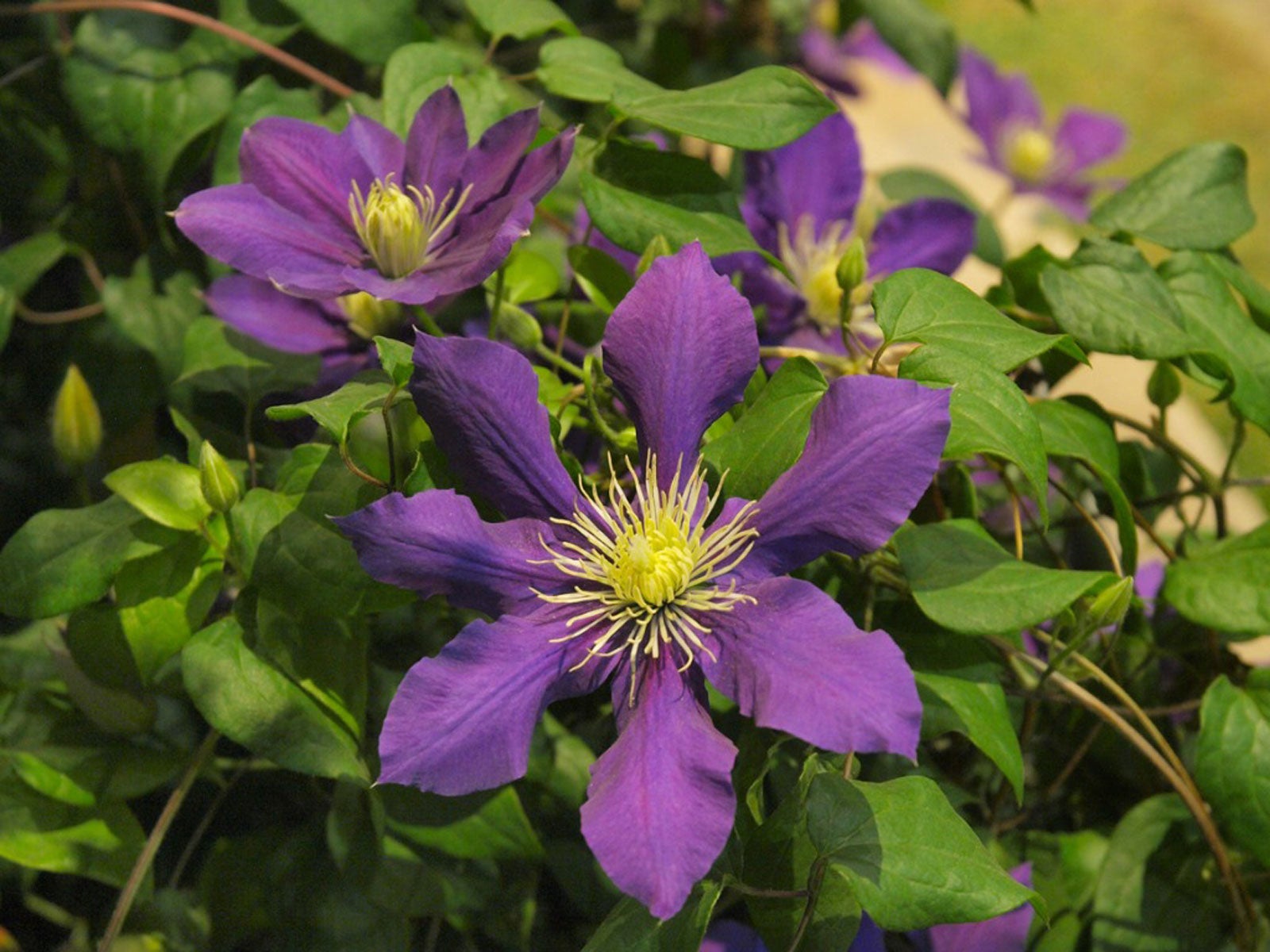Why Clematis Is Not Blooming: Tips On Getting Clematis To Flower


A happy, healthy clematis vine produces an amazing mass of colorful blooms, but if something isn’t quite right, you may be worried about a clematis vine not blooming. It isn’t always easy to determine why clematis is not blooming, or why in the world getting clematis to flower is sometimes such a challenge. Read on for a few possible causes.
Reasons for Non-Blooming Clematis
Figuring out why a clematis is not blooming is the first step in fixing the issue. Fertilizer – Improper fertilization is often the reason for a non-blooming clematis. Usually, the problem isn’t lack of fertilizer, but too much, which may produce lush foliage and few blooms. As a general rule, clematis benefits from a handful of 5-10-10 fertilizer in the spring, along with a layer of compost. Apply a water-soluble fertilizer once or twice during spring and summer. Be sure the plant isn’t getting too much nitrogen, which may be the case if your clematis is located near a heavily fertilized lawn. Age – Be patient if your clematis is new; give the plant some time to establish and develop healthy roots. Clematis can take a year or two to produce blooms and may take a bit longer to come to full maturity. On the other hand, an older plant may simply be at the end of its lifespan. Light – “Head in the sun, feet in the shade.” This is a critical rule for healthy clematis vines. If your vine isn’t doing well, protect the roots by planting a couple of perennial plants around the base of the vine, or prop a couple of wooden shingles around the stem. If your plant has previously bloomed well, check to see if a nearby shrub or tree is blocking light. Possibly, a quick trim is needed to allow sunlight to reach the vine. Pruning – Improper pruning is a common reason for no blooms on clematis, but it’s important to understand the needs of your particular plant. Some clematis varieties bloom on the previous year’s vines, so heavy pruning in spring will prevent new blooms from developing. Other varieties bloom on the current year’s vine, so they can be cut to the ground every spring. If you aren’t sure, don’t prune the vine until later in the spring, when you can easily determine new growth from older, dead growth. Then, prune accordingly.
Sign up for the Gardening Know How newsletter today and receive a free copy of our e-book "How to Grow Delicious Tomatoes".

A Credentialed Garden Writer, Mary H. Dyer was with Gardening Know How in the very beginning, publishing articles as early as 2007.